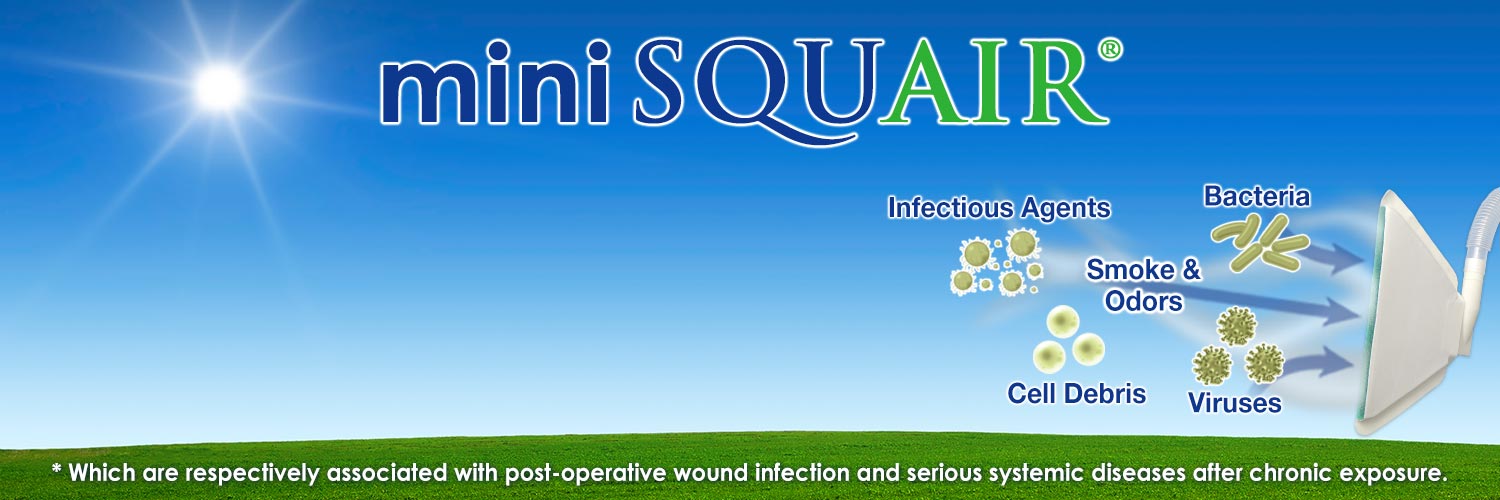1. University of Minnesota Department of Mechanical Engineering Particle Calibration Laboratory. Bernard Olson, Ph.D., Manager. Dtd. Nov. 21 and 30, 2011
2. Schultz L., Can Efficient Smoke Evacuation Limit Aerosolization of Bacteria? AORN J. 2015; 102(4): 7-14
3. Liu N, Filipp N, Wood KB. The Utility of Local Smoke Evacuation in Reducing Surgical Smoke Exposure in Spine Surgery; A Prospective Self-Controlled Study. The Spine J. 00 2019: 1-8
4. Ball, K. Surgical Smoke Evacuation Guidelines; Compliance Among Perioperative Nurses. AORNJ 2010:92(2): 1 – 23.
5. U.S. Department of Health Services (DHHS). National Institute for Occupational Safety and Health (NIOSH). Publication No. 96-128 (Hazard Control 11), 1998, March 2.
6. “Indoor Air Quality and Student Performance” in EPA Series 402-K-03-006, revised August, 2003.
7. Dykes, C. N. Is It Safe to Allow Smoke in Our Operating Room? Today’s Surg. Nurse. 1999:21(2): 15-20, 38-39.



